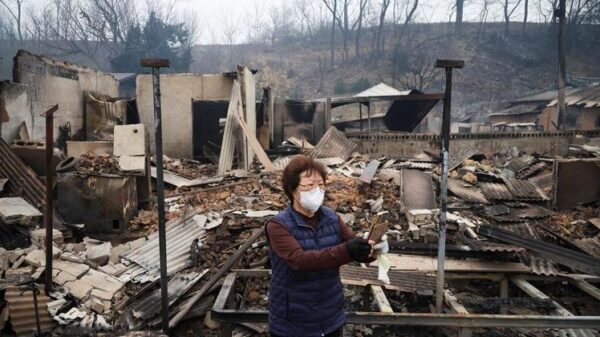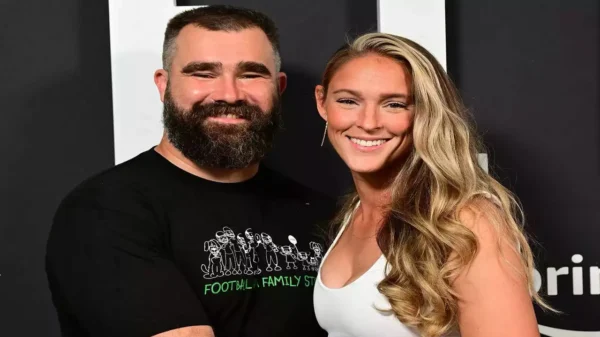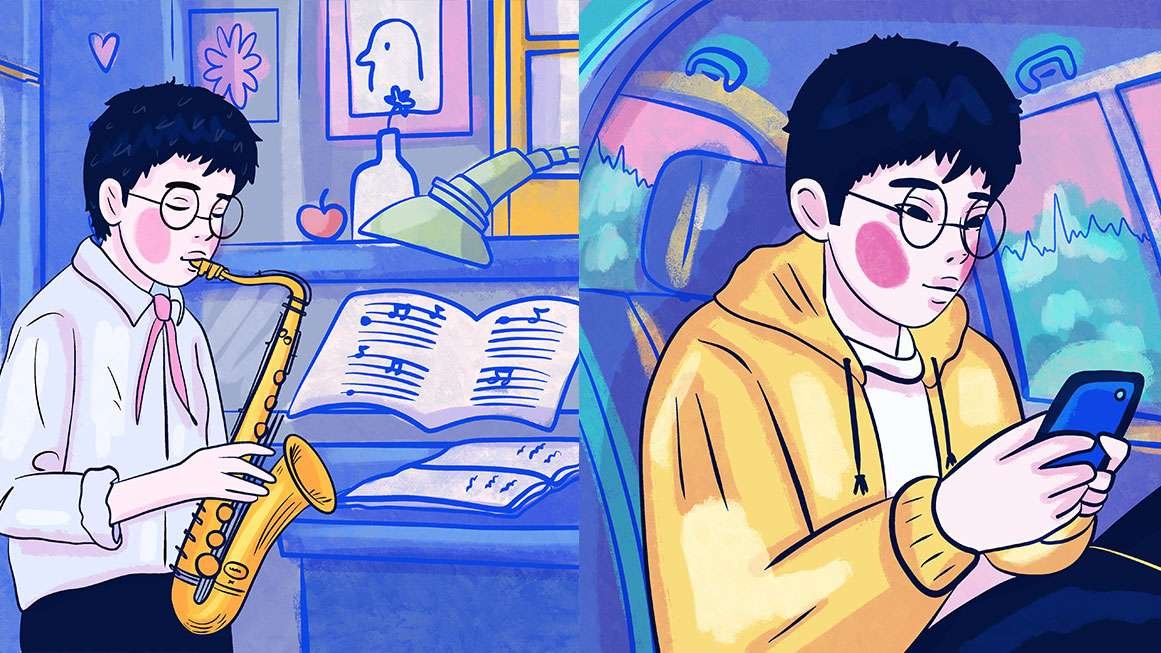Mali Ward’s parents were initially hesitant about their eldest daughter using social media. At the age of 17, Ward had to persuade her parents to allow her to use Snapchat during her freshman year of high school. “I had to make a whole presentation to convince my parents,” she recalls. After explaining that she wanted to use the app to share fun pictures with her friends, her parents finally gave in. Little did they know, Snapchat would become a lifeline for Ward just a few years later.
In the fall of 2020, Ward had just started making friends at her new school in Brookfield, Wisconsin when her family members, including her five siblings, contracted COVID-19 one by one. The entire household was forced to quarantine for weeks. “I couldn’t see anyone,” Ward says. “It was scary, especially since I had only been in school for a month.” However, thanks to Snapchat, Ward was able to stay connected with her friends, including those she had just met. “Without it, I wouldn’t have been able to talk to them at all,” she admits.
While social media is often portrayed as a negative influence on teenagers’ emotions, Ward’s experience makes me think otherwise. As headlines continue to highlight the so-called “teen mental health crisis,” with rates of anxiety and depression seemingly on the rise, people are quick to point fingers at social media. However, it’s important to note that there have also been positive changes for teens in recent years. For example, the teen pregnancy rate has declined by 67% since 2007, and youth arrests for violent crime are down by 78% since 1994.
But the statistics on suicide, anxiety, and depression are still concerning, and many are looking for explanations. One significant change that has occurred in the past two decades is the widespread use of social media, which has exploded since Facebook’s launch in 2004. As any adult with a Facebook or Twitter account knows, these platforms can be filled with insults and carefully curated versions of people’s lives. It’s easy to see how these new forms of communication could be seen as potential culprits.
In response, there has been a flurry of proposed regulations, such as a law in Utah that will require social media platforms to verify the age and obtain parental consent before allowing children to open accounts. Similar legislation has been proposed in other states, and a federal bill is being considered that would set a minimum age of 16 for using social media.
In conclusion, while social media may have its drawbacks, it’s important to recognize that it has also been a source of connection and support for many teenagers, like Mali Ward. Instead of solely blaming social media for the teen mental health crisis, we should also consider other factors and continue to have open and honest conversations about mental health and well-being.

































